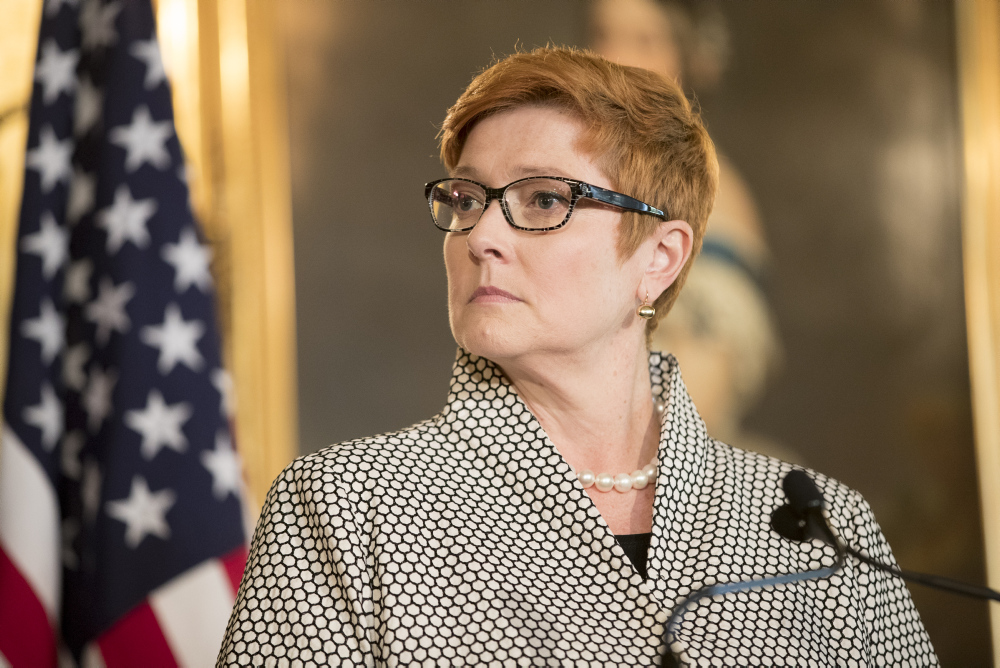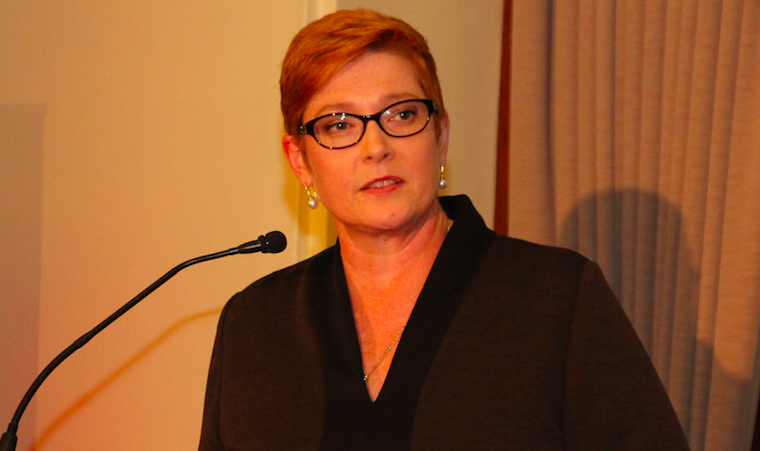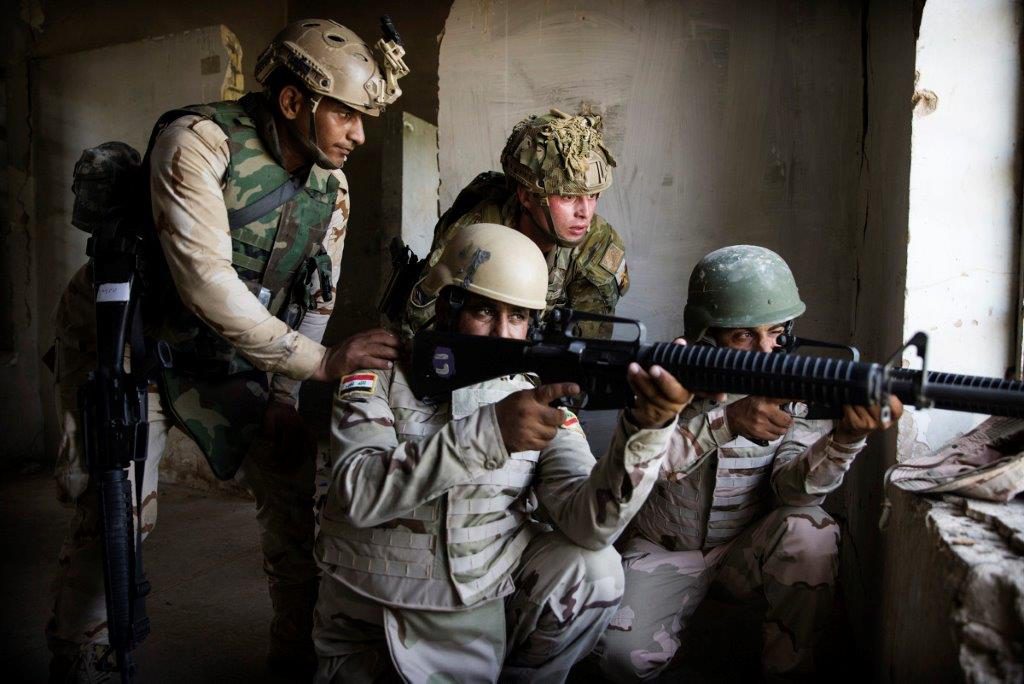What does the special forces controversy tell us about strategy and force structure?
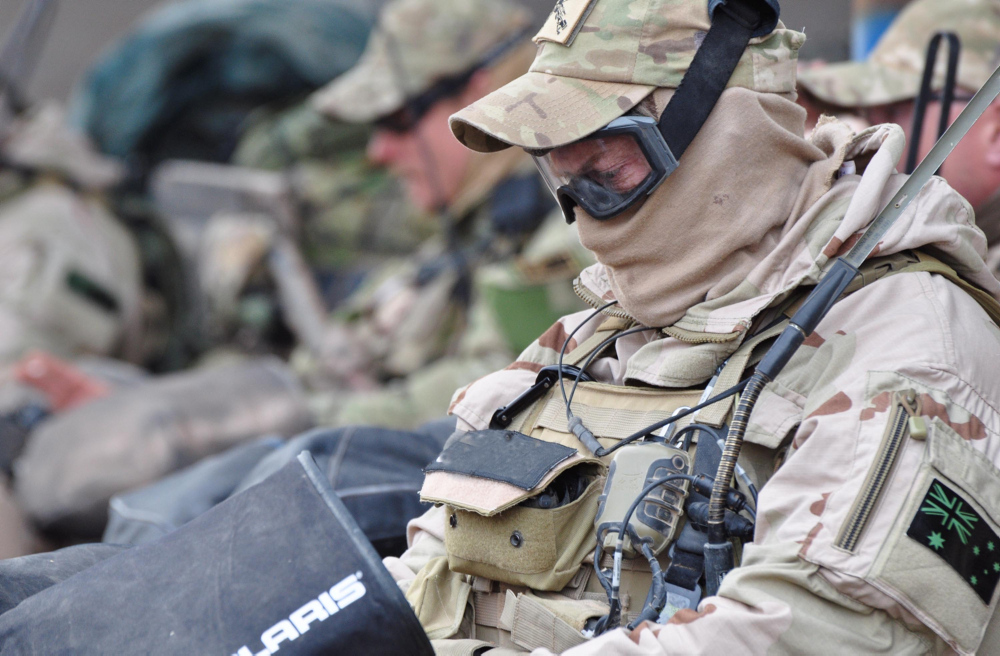
Australia’s special forces have been in the news due to allegations ranging from poor culture to potential war crimes, including arbitrary executions. These allegations have led to a number of Defence-initiated reviews and investigations.
Much of the commentary has focused on individuals. And it’s a little dispiriting that Brendan Nelson, the director of the Australian War Memorial, wants to see the inquiries wrapped up as soon as possible, rather than insisting that we do whatever is necessary to reveal what actually happened. But Nelson did usefully invite us to examine not just the special forces but our national leadership: ‘If anyone bears responsibility, let it be the political class, including me, who sent them and the military leadership tasked with adherence to the truths by which they live.’
So let’s elevate our focus to look at the decisions of our political and military leaders who sent the special forces to Afghanistan and kept them there, and what they could learn.
Generally, Australia applies military force as a measure of last resort to achieve national goals. Use of force is part of a strategy. Strategy can be broken down into the classic triumvirate of ends, ways, and means: we want to achieve a goal, we plan how we are going to achieve it, and we apply resources to implement the plan. When those three align, the strategy can succeed. When they don’t, we have a situation like Vietnam and potentially now Afghanistan.
After more than 16 years of involvement and $8.3 billion spent, we’re entitled to ask, What exactly was Australia’s strategy in Afghanistan? And were special forces used appropriately? And what is the way forward?
The ends seem to have been a combination of supporting the alliance with the United States (Prime Minister John Howard invoked ANZUS in the wake of the 9/11 attacks) and defeating terrorism.
Over time, our ways have meandered along with the broader coalition’s, from directly overthrowing the Taliban, to nation-building, then explicitly not nation-building, along with swings between counterterrorism (kill the Taliban) to counterinsurgency (win over the people).
Despite the wavering about ways, throughout Australia’s involvement in Afghanistan the means have involved the special forces. But with such an unfocused strategy, how do we assess progress? And importantly, how do troops on the ground see progress and, consequently, meaning in their contribution? If the allegations are proved, it wouldn’t be the first time that kill counts became for some the measure of success, in the absence of any other way to assess it.
But if the ways and means have become the ends in themselves (we are there in order to be there), there’s no inherent necessity to send special forces. And certainly no need to send special forces on continual rotations. Without pre-empting the outcomes of reviews and inquiries, it does seem that one of the factors at work may well have been the constant rotations that individual special forces members were put through—with some going through five, six or more deployments.
Repeated rotations were combined with the Special Air Service Regiment being increasingly used for direct action—conducting raids to kill and capture enemies—rather than their traditional covert surveillance role. It’s perhaps not surprising that, for a small number, killing became the new normal. Throughout military history, small-unit culture has trumped institutional or national culture. So, again, it’s not surprising if some elements of the special forces—under the influence of charismatic leaders who were particularly good at killing and had obtained status from successful and repeated deployments—behaved badly.
And even for those special forces soldiers who continued to act appropriately (by all accounts the vast majority, including those who raised concerns about the behaviour of some of their colleagues), such frequent rotations impose a high personal cost, potentially on their mental health and on their families. As my colleague Brendan Nicholson has noted, it can be easier for governments to deploy the special forces rather than conventional units, particularly because it’s in the nature of special forces to always say they can do the job. But deploying the special forces is not without personal and institutional costs.
So what are the lessons for our political and military leaders? The main one is that the government should always articulate a clear strategy for military action, including in Afghanistan, outlining the ends, ways and means. And if the ultimate end of that strategy is to secure the support of our great and powerful ally when we need it, so be it. Australians and our servicemen and -women deserve that statement because it helps give meaning to their contributions.
An additional reason may well be to reduce the ability of terrorists to use Afghanistan as a base for launching international attacks (although that’s a strange primary reason, given that terrorists who want to launch such attacks have numerous other sanctuaries they could use).
If these rationales are the goals of the strategy, there’s no inherent need for the means to always be special forces deployed on continual rotations doing direct-action operations. Why dissipate one of Australia’s most potent military capabilities on something that’s not the very highest priority, or that could be done by a broader set of units across the wider army? Why not share the burden more equitably?
But if it does indeed have to be special forces, then some hard thinking about force structure is required. If anything, the continual use of special forces in Afghanistan has exposed the fundamental incoherence between our thinking and doing. We essentially structure our forces for the worst case (the defence of Australia) and invest heavily in ships, submarines and aircraft. But on actual operations the government largely deploys the army, and its special forces in particular, to far-off places in causes that are not directly related to the defence of Australia. Special forces fall into that category of high-value, low-density capabilities—they are powerful, but we don’t have many of them. That usually means they should be employed sparingly, with an eye to not dissipating their capability by overuse.
So, if long-term, sustained high-operational-tempo deployments are what the government actually wants its special forces to do, it probably needs to direct Defence to structure appropriately. Whether that means establishing more special forces beyond the two regiments—which could be challenging with a small army in a small population—or deciding that with appropriate enhancements in training and equipment the army’s infantry, among the world’s best trained and equipped, can take over some of the roles that the special forces are conducting, is for the experts to answer.
If Defence cannot develop the appropriate force structure, its leaders should have the courage to tell government that cycling some of our most talented and motivated people through an endless series of deployments, with no clear goal beyond continuing to do them, cannot be sustained.
It’s clear that that policy exacts a cost that is borne disproportionately.



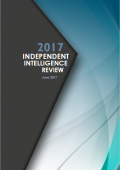 There’s an air of ‘continuity with change’ about the new
There’s an air of ‘continuity with change’ about the new 
